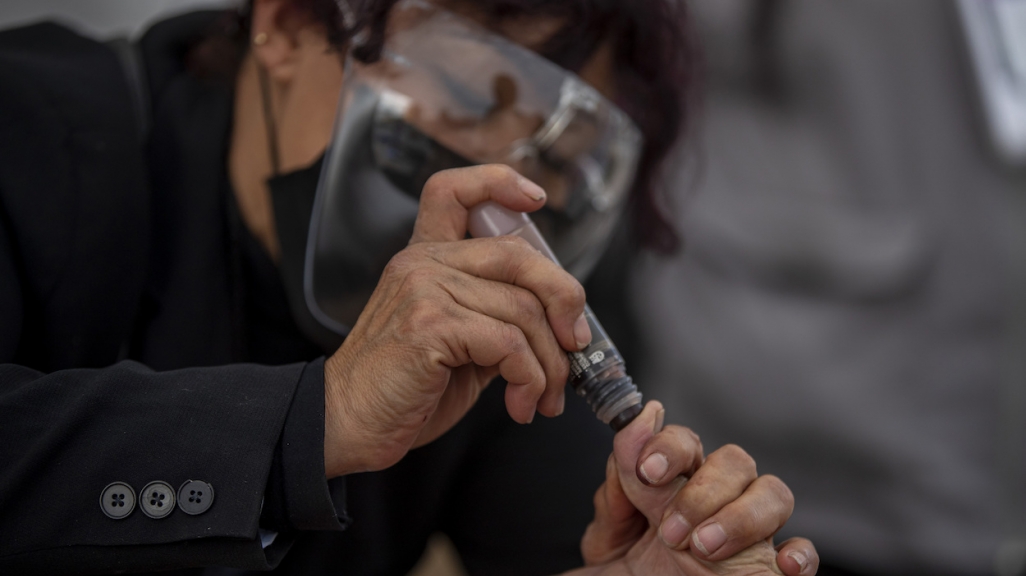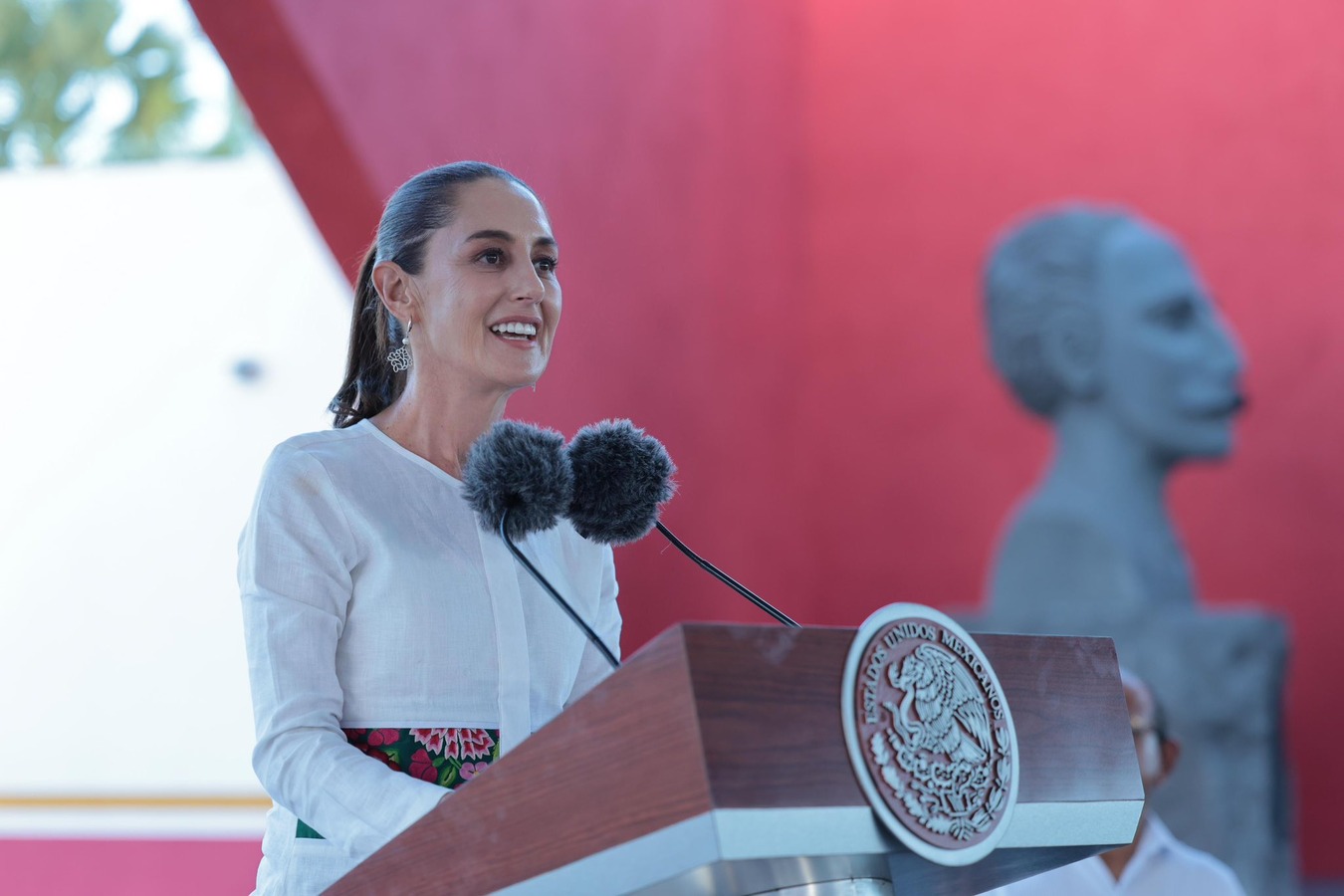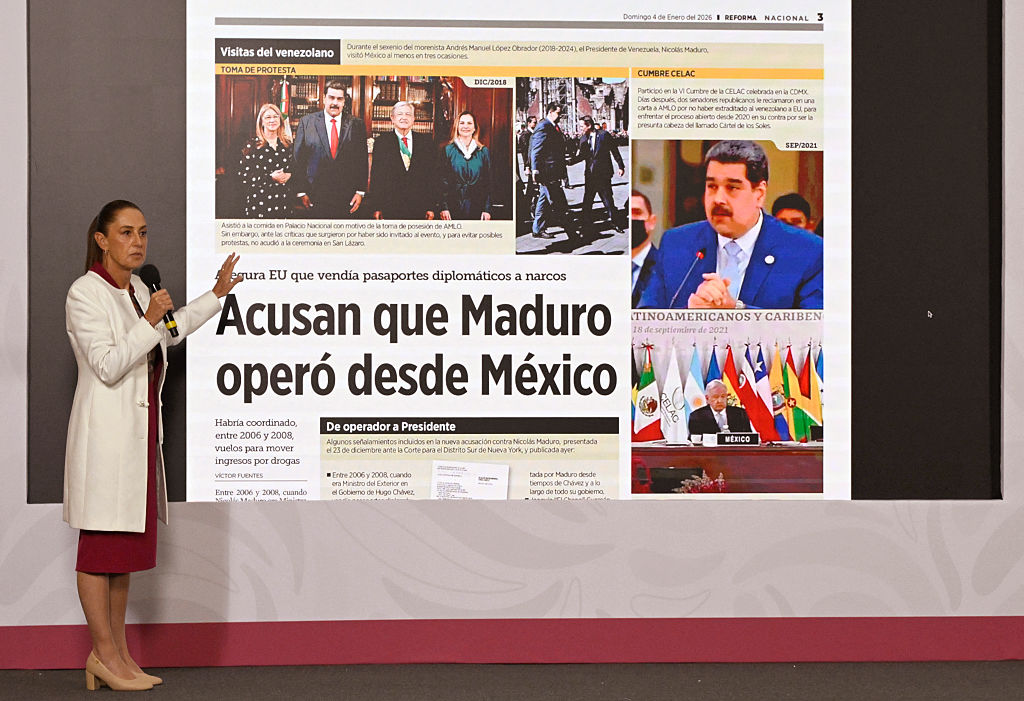In Referendum, Mexicans to Weigh In on Prosecuting Ex-Presidents
In Referendum, Mexicans to Weigh In on Prosecuting Ex-Presidents
On August 1, voters will voice whether past leaders' crimes should be investigated and punished. There are catches.
President Andrés Manuel López Obrador may be notorious for railing against the corrupt practices of Mexico’s past governments, but he’s also been known to advocate for forgiving the transgressions of his predecessors. To some degree, his “turn the other cheek” approach falls in line with a norm: Mexico’s ex-presidents do not have political immunity but, in practice, they don’t end up facing justice. Still, López Obrador—or AMLO—has professed that all Mexicans, not he alone, should decide whether to pursue allegations against their former leaders. Even before he took office after a 2018 win that had much to do with widespread discontent over corruption, AMLO said that “if the people ask for it,” ex-presidents would face investigation and possible prosecution for corruption and other crimes.
Voters will soon get that chance. An August 1 referendum lets them weigh in on whether to investigate every ex-president starting with Carlos Salinas de Gortari, who was elected in 1988. Still, there are a few hurdles in the process, including the referendum question itself. Critics say it’s too hard to decipher and The Economist described it as reading like a joke by the comedian Cantinflas. The question on the ballot will be: “Do you agree or not that pertinent actions be carried out, in accordance with the constitutional and legal framework, to undertake a process of clarification of political decisions taken in past years by political actors aimed at guaranteeing justice and the rights of possible victims?”
Here’s what you need to know about the August 1 referendum.
In 2021, ten countries in Latin America hold elections—five of them presidential contests—while reeling from the pandemic's devastating impact.
For ten years, El Chasqui delivered a semi-regular roundup of news—from election coverage to economic issues to start-ups.











